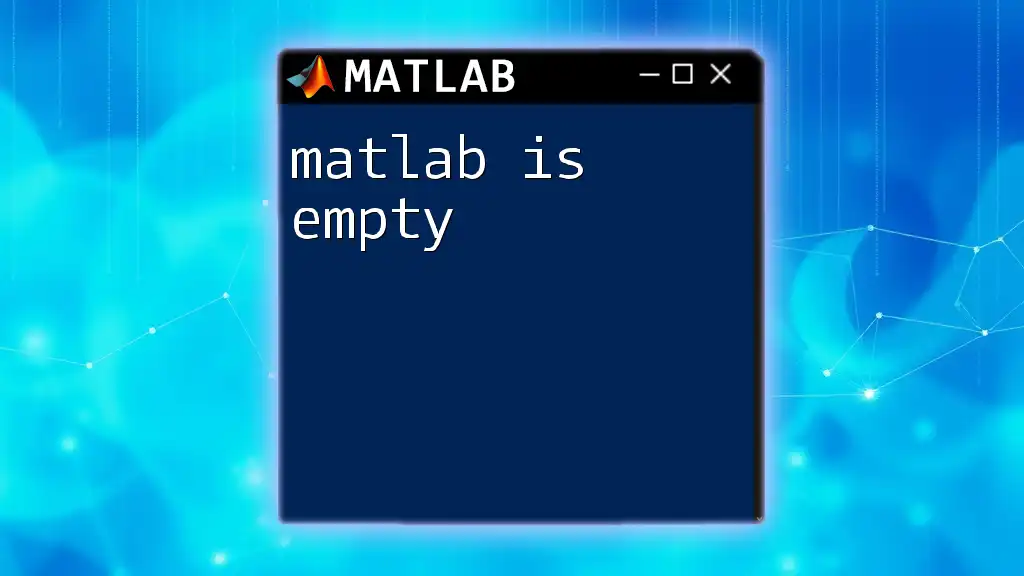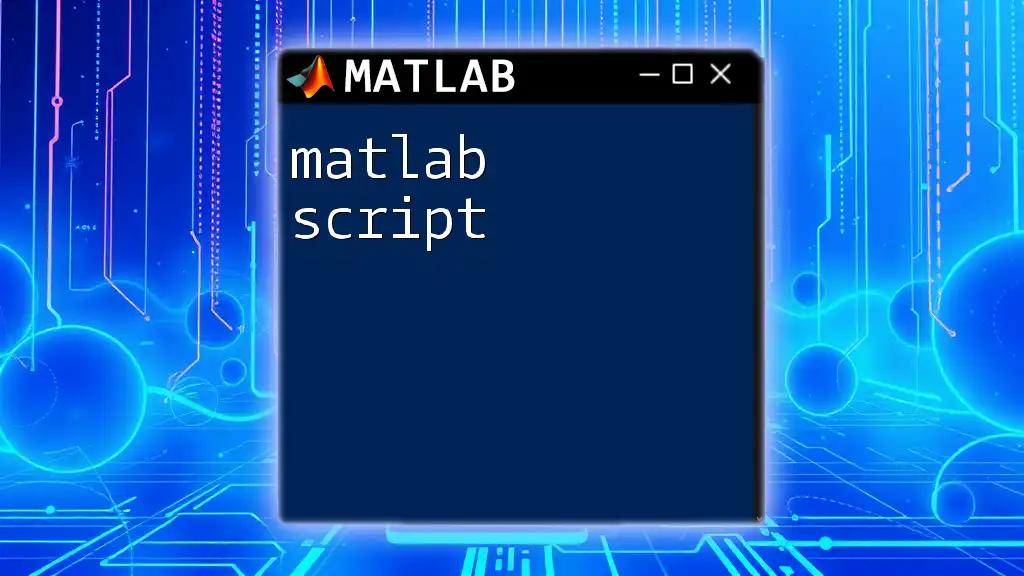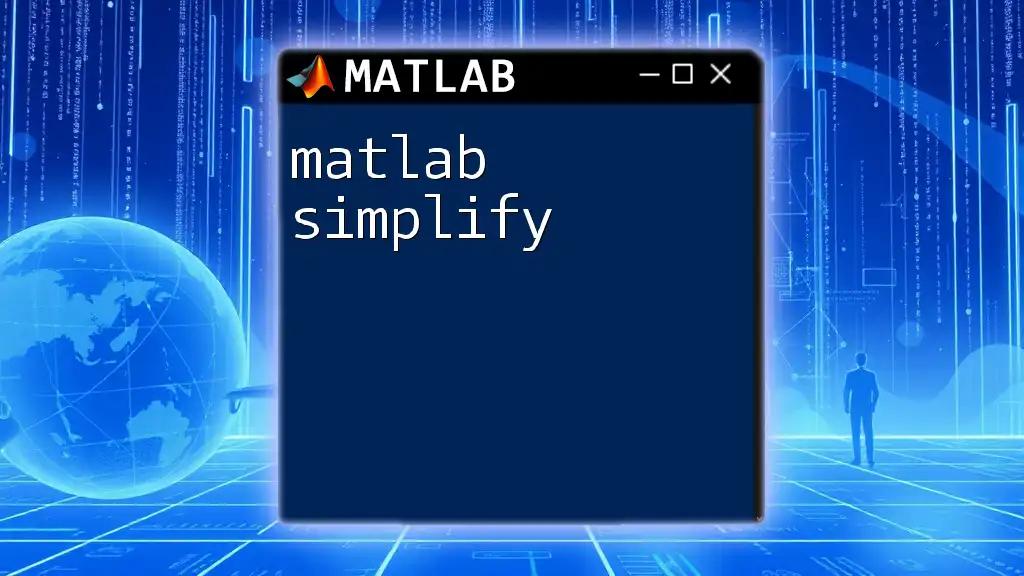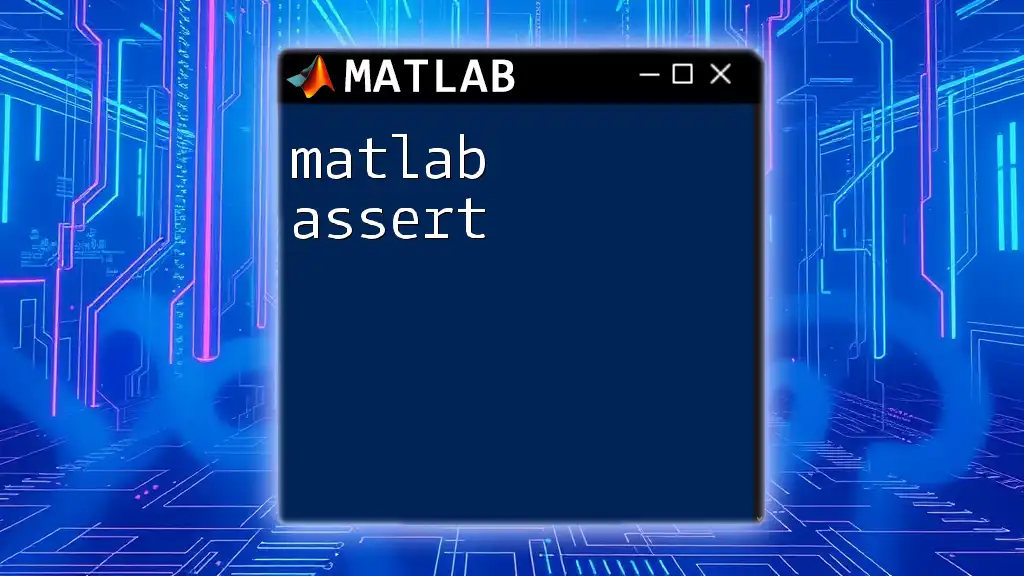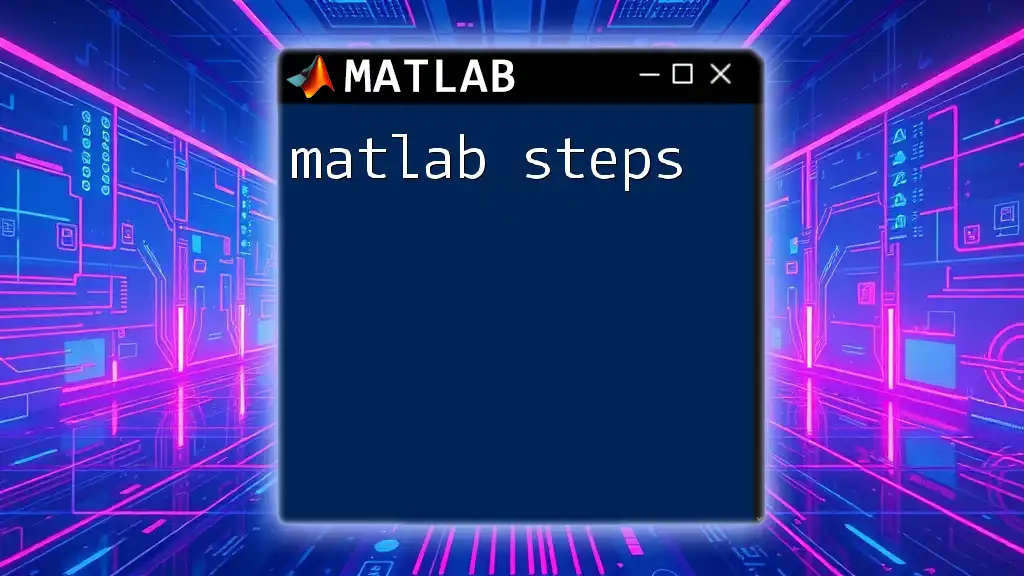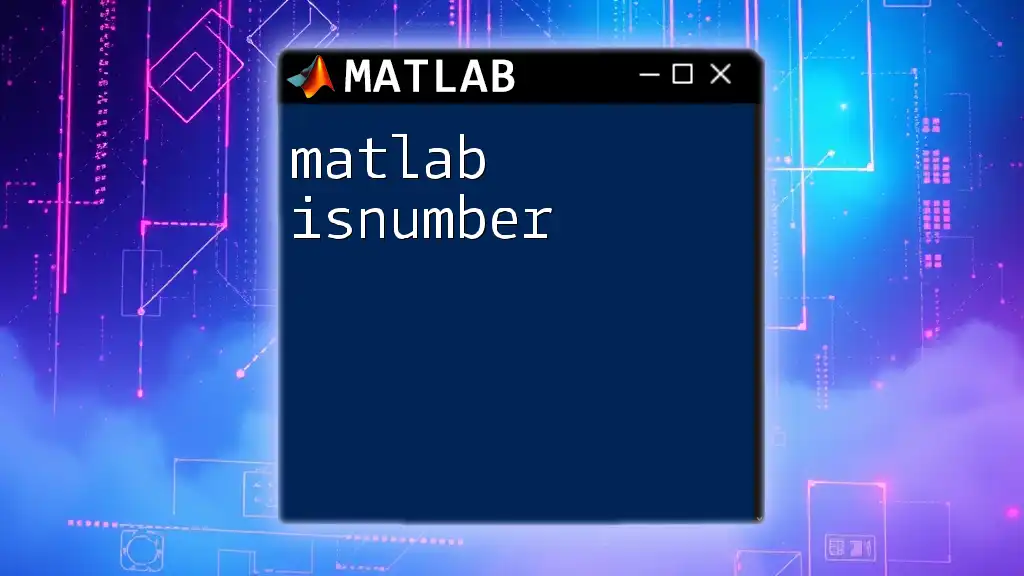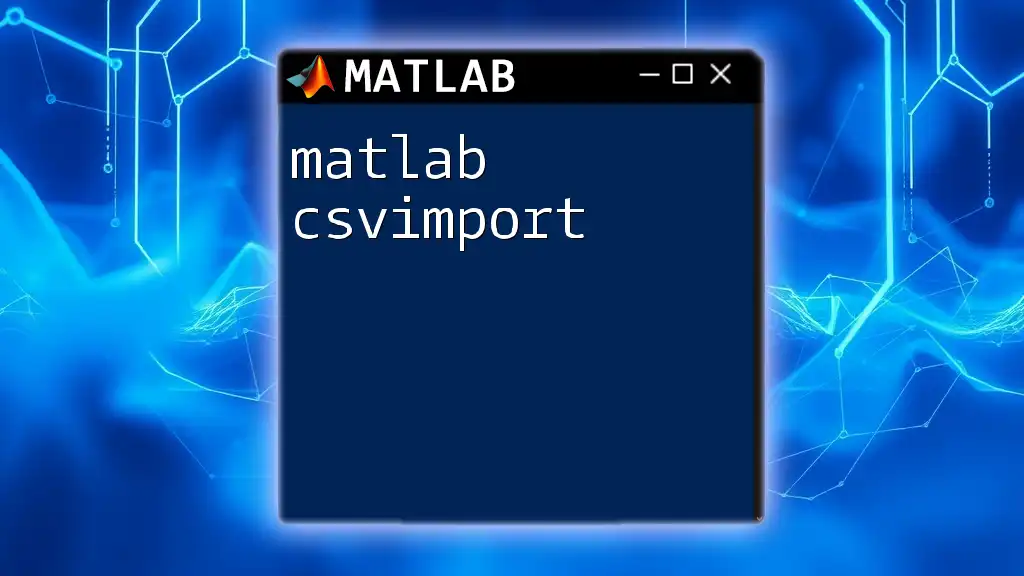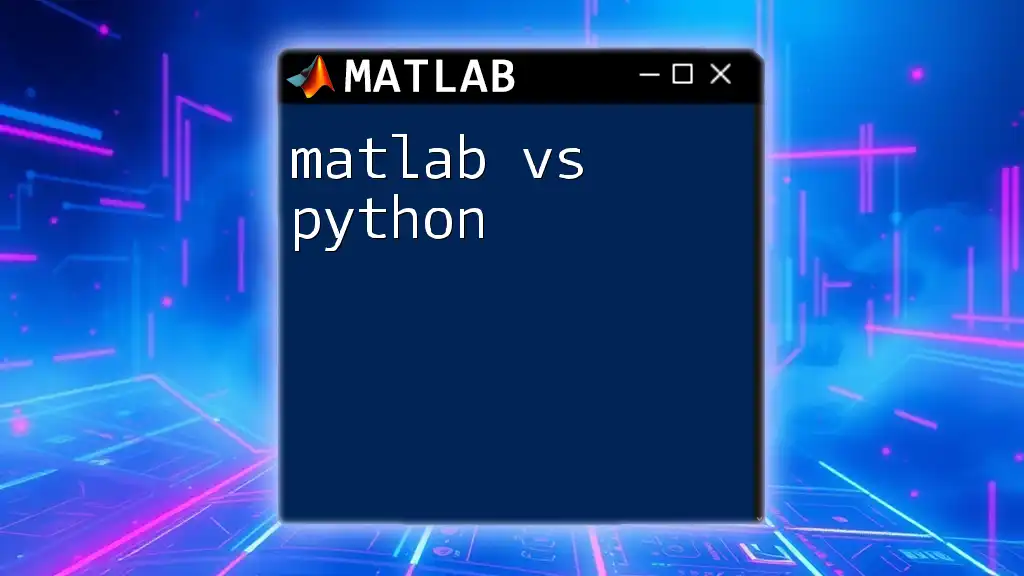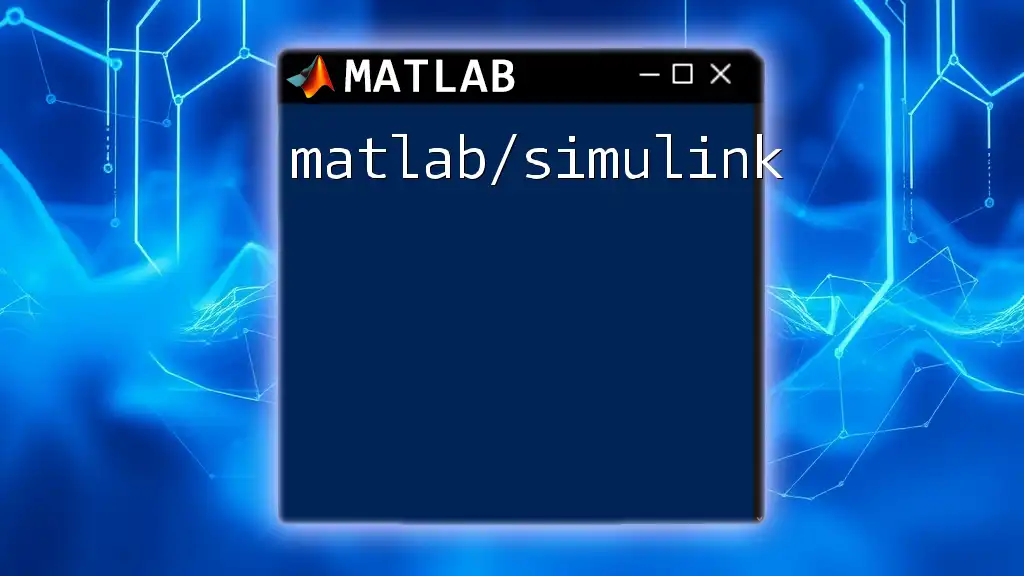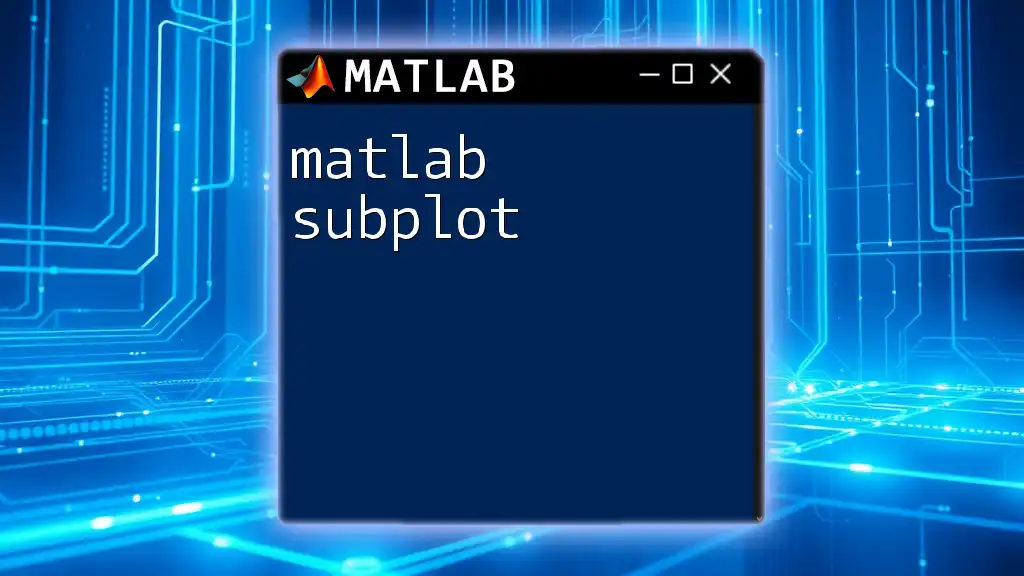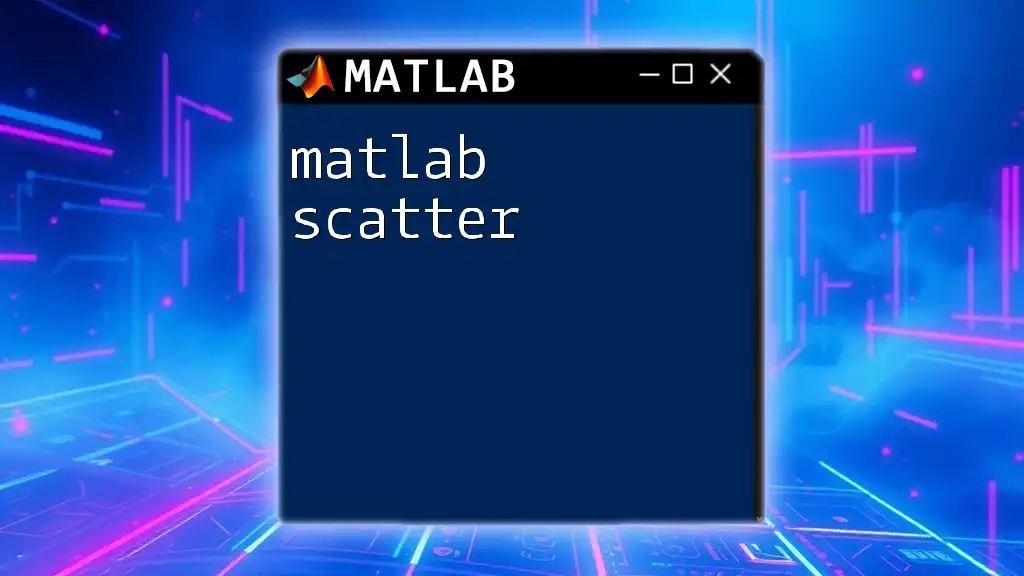In MATLAB, the command `isempty` is used to determine if an array, matrix, or any data structure is empty (i.e., has no elements).
Here's a code snippet demonstrating its usage:
A = []; % An empty array
if isempty(A)
disp('A is empty.');
else
disp('A is not empty.');
end
What Does "Empty" Mean in MATLAB?
In MATLAB, an empty array is defined as an array that has no elements. In contrast to a non-empty array that contains one or more elements, an empty array acts as a placeholder and can be useful in various computational contexts. Recognizing the distinction between an empty and a non-empty array is crucial because it can affect calculations, data manipulations, and the outcomes of functions throughout your coding endeavors.
Importance of Recognizing Empty Arrays
Understanding how empty arrays work can save time and minimize errors in your code. For instance, if you are iterating through data and do not properly check if an array is empty, your algorithms may yield unexpected results or produce errors. Empty values play a significant role in MATLAB's matrix-oriented environment, impacting matrix operations and data analyses deeply.
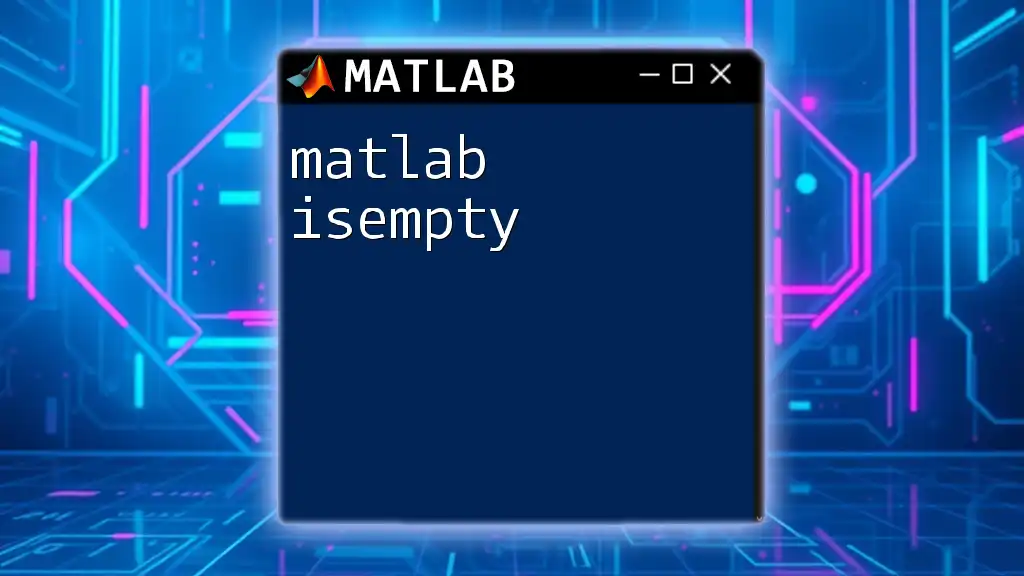
Using the `isempty` Function
What is `isempty`?
The `isempty` function is designed to ascertain whether a given array is empty. It returns a logical value, `true` if the array is empty and `false` otherwise. The syntax for using `isempty` is straightforward:
result = isempty(A);
Where `A` is the array you want to check. This function is particularly beneficial when you need to make decisions based on the presence or absence of data in arrays.
Examples of `isempty`
To illustrate how `isempty` works, consider the following examples:
-
Example 1: Checking an empty matrix
A = []; result = isempty(A); % Output: trueIn this case, the matrix `A` is empty, and the function correctly determines its status.
-
Example 2: Checking a non-empty vector
B = [1, 2, 3]; result = isempty(B); % Output: falseHere, the vector `B` contains elements, and `isempty` returns `false`.
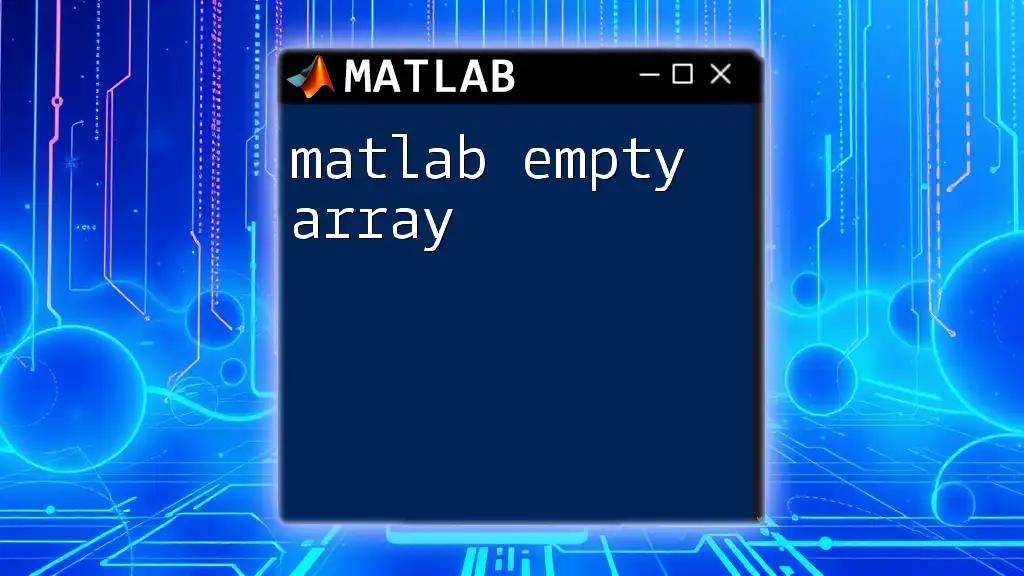
Creating Empty Arrays in MATLAB
Using the Square Brackets
Creating an empty array in MATLAB can be done simply using square brackets. The syntax is as follows:
C = []; % C is an empty array
This creates a basic empty array, which can later be populated with data or used in computations.
Using the `zeros`, `ones`, and `nan` Functions
You can also create empty arrays of specific sizes using MATLAB's built-in functions. For instance, if you want to create an empty 2-by-0 matrix, you can use:
D = zeros(2, 0); % Creates an empty 2-by-0 matrix
This function initializes a matrix with the specified dimensions but with no actual elements, making it a useful tool when preparing for data storage.
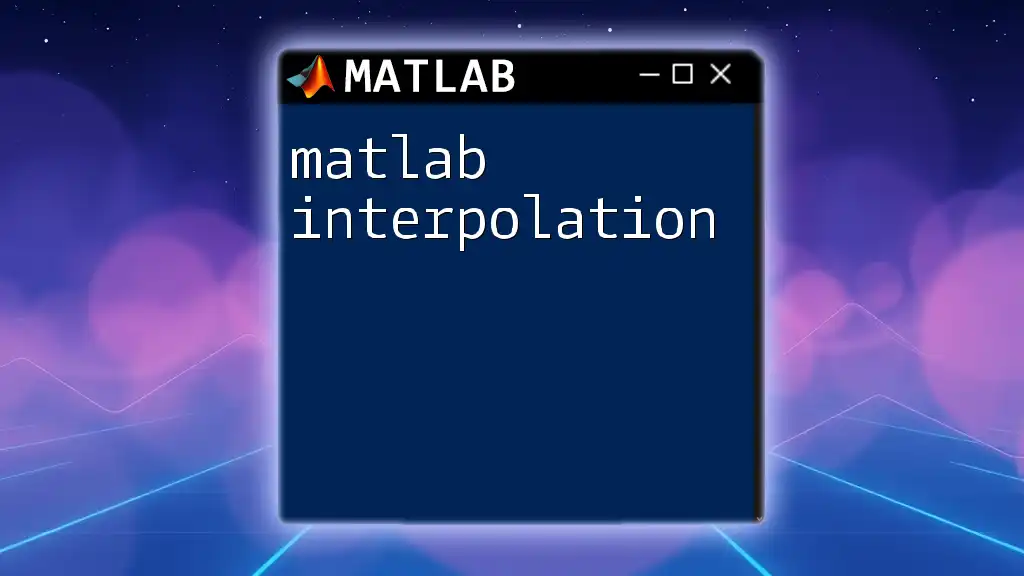
Detecting Empty Elements in Data Structures
Empty Cells in Cell Arrays
Cell arrays are flexible data structures that can hold varying types of data. When working with cell arrays, you may come across empty cells. To check for empty cells, MATLAB provides a method using `cellfun` in conjunction with `isempty`.
cellArray = {[], [1, 2], []};
empty_cells = cellfun(@isempty, cellArray); % Output: [true, false, true]
This capability is invaluable, particularly in data manipulation tasks where you need to handle missing or incomplete data effectively.
Empty Objects in Classes
In MATLAB's object-oriented programming context, it’s important to understand how empty instances of objects operate. An empty object of a defined class can impact how your code executes, especially when methods depend on the object’s properties. Checking for emptiness in object properties is essential for robust programming.
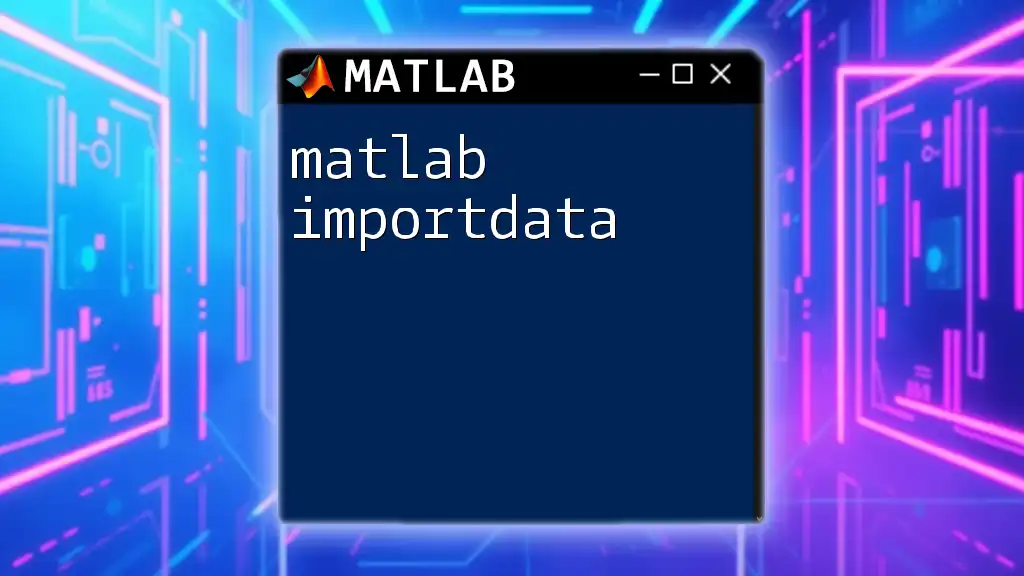
Common Errors and Troubleshooting with Empty Arrays
Indexing with Empty Arrays
MATLAB handles indexing with empty arrays uniquely. If you try to index an array using another empty array, MATLAB will simply return an empty array. For instance:
E = [1, 2, 3];
F = E([]); % Returns an empty array
While this behavior is intuitive, understanding it is key to avoiding unexpected results.
Mistakes in Assigning to Empty Arrays
A common pitfall arises when modifying empty arrays. If variables are mistakenly reassigned without proper checks for emptiness, it might lead to logical errors. For example:
- Attempting to append data directly to an empty array may inadvertently create bugs if not monitored carefully.
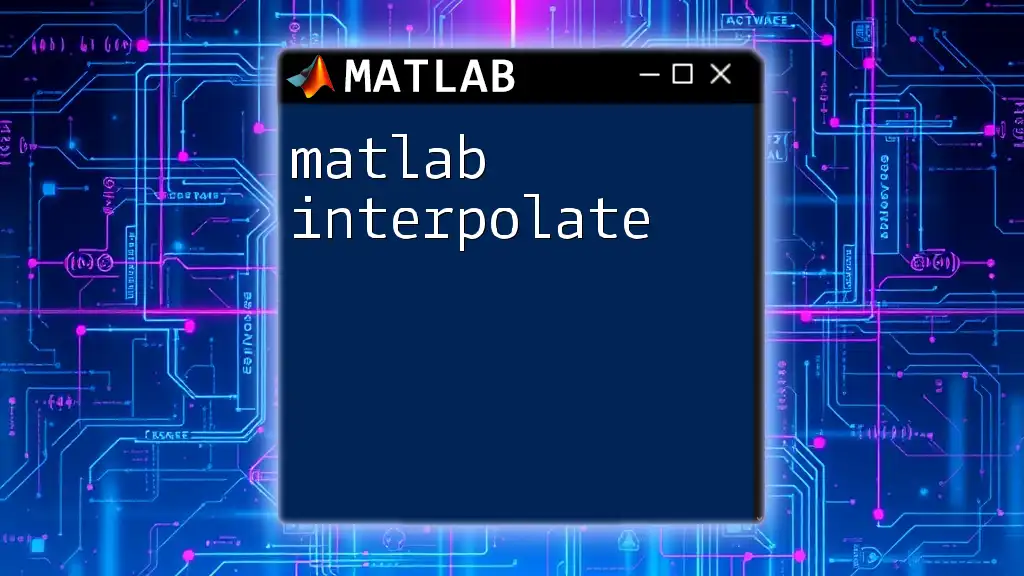
Practical Applications of Empty Arrays
Conditional Logic in Functions
Leveraging empty array checks within conditional logic helps streamline program flow. For example, consider the following function:
function checkArray(arr)
if isempty(arr)
disp('Array is empty');
else
disp('Array is not empty');
end
end
This simple function showcases how to test for emptiness, allowing for tailored responses based on whether data is present.
Data Cleaning and Preprocessing
In the realm of data analysis, incorporating empty array checks during preprocessing stages is essential. Properly filtering out empty entries can drastically improve data quality. By ensuring that only complete data is utilized in analyses, you help mitigate potential inaccuracies or biases in your results.
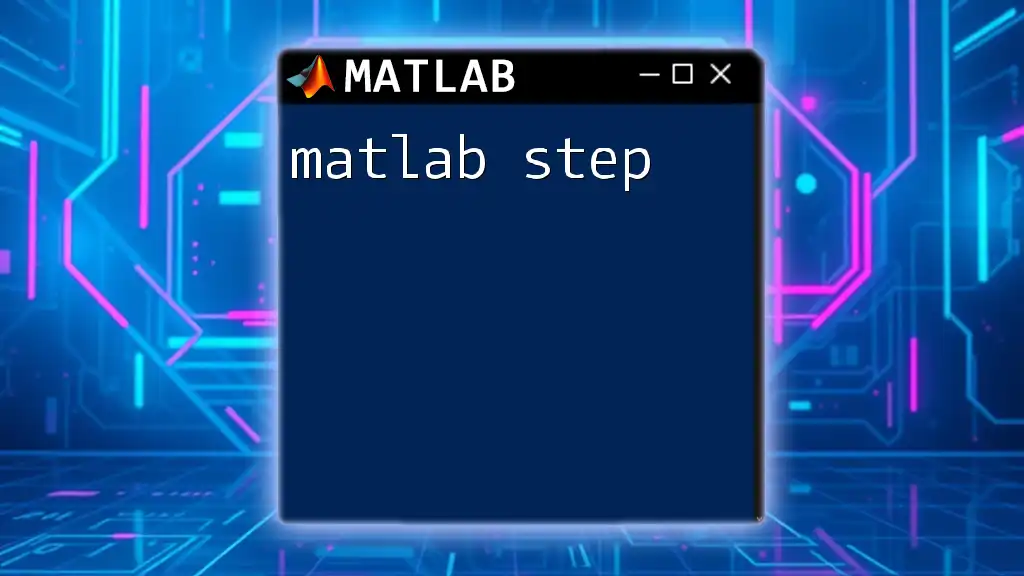
Conclusion
Understanding the concept of "MATLAB is empty" is crucial for any beginner or seasoned user navigating MATLAB's extensive array functions. Mastering how to identify, create, and manipulate empty arrays not only strengthens your coding skills but also enhances your efficiency in data processing and analysis. Keep practicing with the examples provided, and you will cultivate a deeper understanding of MATLAB's nuanced behavior regarding empty arrays.

